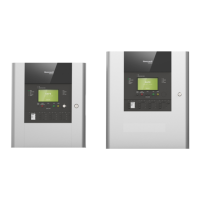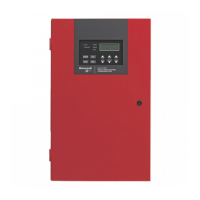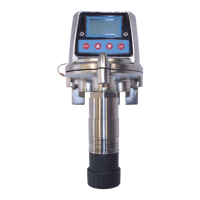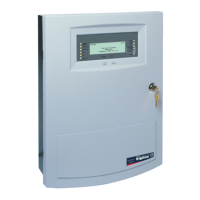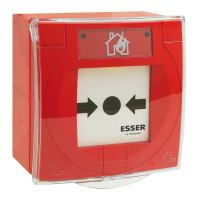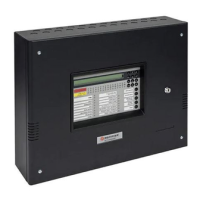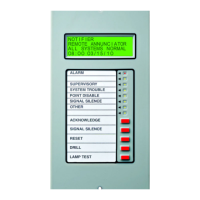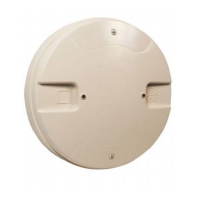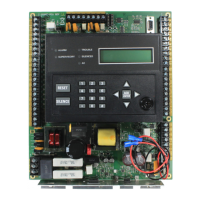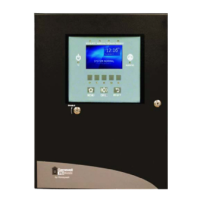72 XLS140 Installation Manual Form Number 95-7673-3 P/N 51927:C 12/06/2005
Power Supply Calculations Calculating the System Current Draws
Quantities List the number of devices powered by the Panel Output (TB2) and the Accessories
Output (TB6). Devices powered by the Accessories Output draw current directly from the panel.
Devices powered by the Panel Output draw current through the fire panel’s connection to the power
supply. Use these quantities to calculate total current draw of each set of devices in calculation
columns 1, 2, and 3.
Calculation Column 1 (Primary, Non-Fire Alarm Current in amps) Add the contents of
calculation column 1 to get the current drawn from the power supply during a non-alarm condition,
with AC power applied. This current draw cannot exceed 3 A without an auxiliary power supply.
Calculation Column 2 (Primary, Fire Alarm Current in amps) Calculation column 2 lets
the system designer determine the current load that the power supply must support during a fire
alarm. The total current draw during a fire alarm cannot exceed 6 A without an auxiliary power
supply.
Typically, a system should contain capacity to activate all output circuits and relays, and support
fire alarms on no less than 10% of Initiating Device Circuits, subject to the requirements of the
Authority Having Jurisdiction (AHJ).
The Control Panel provides power for Notification Appliance Circuits. Refer to the Device
Compatibility Document for 24 VDC notification appliances that are UL- and ULC-listed for fire
alarm systems.
Calculation Column 3 [Secondary (Battery) Non-Alarm Current] Column 3 lets the
system designer calculate the non-fire alarm current drawn from the secondary source in a non-fire
alarm condition during AC power loss.The non-fire alarm current is required to complete the
standby battery calculations. After summing all current draws, insert the total in Table A.3.
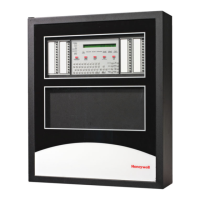
